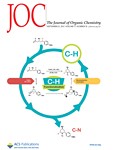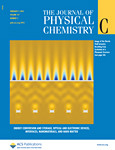 “Ca(BH4)2 + MgH2: Desorption Reaction and Role of Mg on its Reversibility” by Christian Bonatto Minella, Claudio Pistidda, Sebastiano Garroni, Pau Nolis, Maria Dolors Baró, Oliver Gutfleisch, Thomas Klassen, Rüdiger Bormann, and Martin Dornheim. The Journal of Physical Chemistry C. 117:3846-3852 (2013). DOI: 10.1021/jp312271s
“Ca(BH4)2 + MgH2: Desorption Reaction and Role of Mg on its Reversibility” by Christian Bonatto Minella, Claudio Pistidda, Sebastiano Garroni, Pau Nolis, Maria Dolors Baró, Oliver Gutfleisch, Thomas Klassen, Rüdiger Bormann, and Martin Dornheim. The Journal of Physical Chemistry C. 117:3846-3852 (2013). DOI: 10.1021/jp312271s
The Ca(BH4)2-MgH2 composite system represents a promising candidate for mobile hydrogen storage due to a 10.5 wt. % theoretical hydrogen storage capacity and an estimated equilibrium temperature lower than 160 °C. For this system, the reversibility was achieved without further addition of additives. Continue reading Ca(BH4)2 + MgH2: Desorption Reaction
 “Brain magnetic resonance in experimental acute-on-chronic liver failure” by L. Chavarria, M. Oria, J. Romero-Giménez, J. Alonso,
“Brain magnetic resonance in experimental acute-on-chronic liver failure” by L. Chavarria, M. Oria, J. Romero-Giménez, J. Alonso, 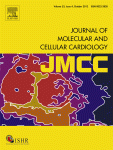
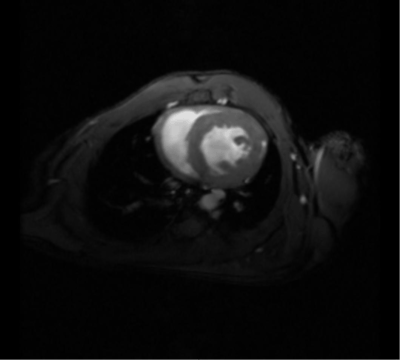
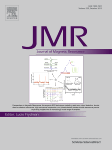 “P.E.HSQMBC: Simultaneous measurement of proton–proton and proton–carbon coupling constants” by Josep Saurí,
“P.E.HSQMBC: Simultaneous measurement of proton–proton and proton–carbon coupling constants” by Josep Saurí,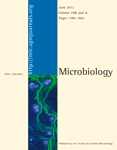
 “Efficient measurement of the sign and the magnitude of long-range proton-carbon coupling constants from a spin-state-selective HSQMBC-COSY experiment”, by Josep Saurí and
“Efficient measurement of the sign and the magnitude of long-range proton-carbon coupling constants from a spin-state-selective HSQMBC-COSY experiment”, by Josep Saurí and 
